If you want to create a thriving aquarium, putting water, fish, and plants in a tank isn’t enough. Imbalances in lighting and nutrients cause many aquarium enthusiasts to struggle with algae blooms, unhealthy plants, and stressed fish. If these issues are ignored, they can become a costly and frustrating hobby. In this article, we dive into the basis of aquarium light balance, nutrients, and how to strike an ideal framework for a balance lighting and nutrients reefing environment.
Content Table
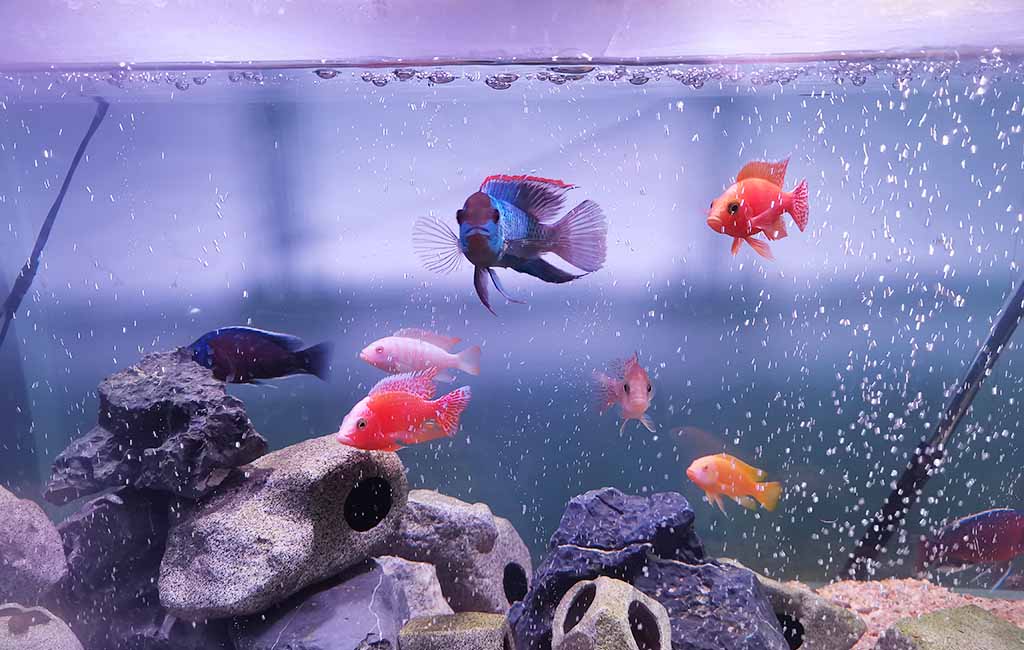
light balance
Lighting for Aquariums
Maintaining a healthy aquarium balance requires a certain amount of lighting. That depends on what kind of aquarium you want to have and the type, intensity, and aim of lighting. For instance, a planted tank will require full-spectrum lighting that mimics natural sunlight to facilitate photosynthesis. LED lights are popular because they’re energy-efficient and customizable, with a wide range of color spectrum available.
In terms of aesthetics and fish well-being, it’s for fish-only tanks. The fish do best under low to moderate lighting to emphasize the aquarium’s true brilliant colors. A balance of lighting is required in community tanks containing fish and plants. To prevent algae overgrowth, make sure the lighting is put on a consistent timer of 8–10 hours per day.
Nutrients in Aquariums
Nutrient management is another cornerstone of a healthy aquarium. The type of nutrients required varies based on the tank setup:
1. Planted Tanks
In a planted aquarium, it is important to balance lighting and nutrients for your aquatic plants to grow, and for the sake of the fish. Here are the key nutrients:
- Macronutrients
- Nitrogen (N): Found in nitrate form (NO₃⁻), nitrogen is essential for plant growth and helps with leaf development.
- Phosphorus (P): Present as phosphate (PO₄³⁻), phosphorus promotes strong root development and flowering in plants.
- Potassium (K): Potassium helps regulate osmotic pressure in plants and supports cell growth and stress resistance.
- Calcium (Ca): Important for cell structure and plant rigidity, calcium is also necessary for the health of shrimp and snails.
- Magnesium (Mg): Vital for photosynthesis and chlorophyll production.
- Micronutrients
- Iron (Fe): Essential for chlorophyll production, iron is crucial for the green color of plants and their overall health.
- Manganese (Mn): Helps in enzyme activation and photosynthesis.
- Boron (B): Important for plant cell walls and root development.
- Copper (Cu): Small amounts are needed for enzyme function, but excessive copper can be harmful to plants.
- Zinc (Zn): Involved in chlorophyll production and enzyme activity.
- Sulfur (S): Supports amino acid and protein production.
- CO2 (Carbon Dioxide)
- CO2 Injection: High light levels in planted tanks require additional carbon in the form of CO2 injection to fuel photosynthesis.
- Fertilization
- Use liquid fertilizers or root tabs to supplement nutrient levels in the water.
- Consider dosing methods such as “dry frets”, liquid fertilizers, or specialized plant food.
2. Fish-Only Tanks
Plant-only tanks tend to eat nutrients more readily than fish tanks because there are no plants to drain the macro and micronutrients from the water. However, maintaining a healthy environment is still important for the fish.
- Ammonia (NH₃): Essential part of the nitrogen cycle – They’re made of fish waste. Beneficial bacteria convert ammonia to nitrite (NO₂⁻ and nitrate (NO₃⁻.
- Nitrate (NO₃⁻): Nitrate is a byproduct of the nitrogen cycle, and overly high levels can be bad for fish. To avoid nitrate buildup, you need to do regular water changes.
- Phosphate (PO₄³⁻): In addition, fish waste also produces phosphate that, when too high, can cause algae growth.
- Calcium & Magnesium: Maintaining healthy fish bones and gills, these are particularly important to cichlids and invertebrates on species.
- Water Changes: Regular water changes prevent excessive nutrient levels and waste buildup in the water and keep water quality peak.
3. Community Tanks
In a unity tank containing both plants as, well as fish will, you have to have balanced nutrient levels within the water. The key is to ensure both the fish and plants are getting what they need.
- Nutrients for Plants: Like a planted tank, maintain nitrogen (N), phosphorus (P) and, potassium (K) together with trace elements such as iron (Fe), manganese (Mn), boron (B) and, etc.
- Nutrients for Fish: Ensure that you have a nitrogen cycle to deal with your fish waste. Maybe there’s a need to supplement the fish food so that too much food leaves the fish’s stomach, contributing to the pollution of water.
- CO2 supplementation: However, it is dependent on the number of plants in the house, the more plants the higher the possibility of experiencing the advantage of having CO2 as a supplement.
- Trace Elements: Microelements like iron, calcium, magnesium, and potassium are necessary for both plants and fishes.
4. Invertebrate Tanks (Shrimp, Snails, etc.)
Invertebrates like shrimp and snails are sensitive to high nutrient levels. For these tanks:
- Lower Nutrient Levels: Maintain a low level of nitrogen and phosphorus to avoid algae overgrowth, which can harm invertebrates.
- Calcium (Ca): Important for the development of shells for snails and exoskeletons for shrimp.
- Iron (Fe): Shrimp and snails may benefit from trace iron, but it should be carefully monitored to avoid excess.
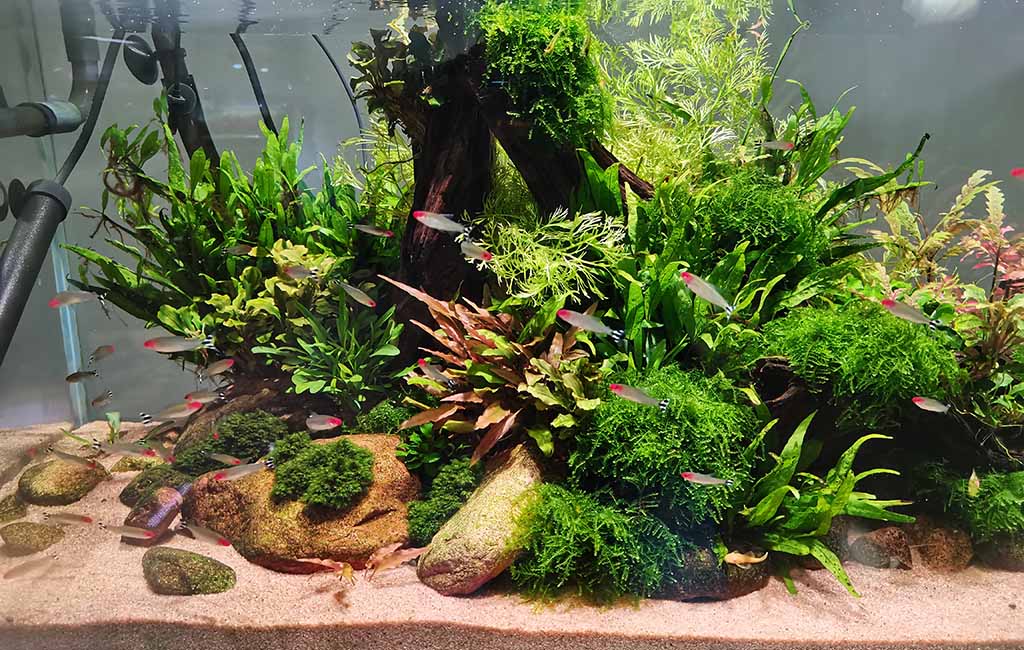
Balancing Nutrients and CO2
Balancing Nutrients with Light and CO2
Achieving the perfect balance of light, nutrients, and CO2 is essential for planted aquariums. Plants thrive when these three factors are in harmony:
- Lighting: High-intensity lights are ideal for lush plant growth, but they can also encourage algae growth if not properly managed.
- Nutrients: Over-fertilization can cause an imbalance, leading to algae issues. Use a fertilization schedule tailored to your tank’s needs.
- CO2: Adding CO2 is crucial for many aquatic plants, especially in high-tech tanks. However, too much CO2 can stress or even harm fish. Using a CO2 regulator ensures safe and consistent levels.
How to Balance Light and Nutrients in an Aquarium
Balancing light and nutrients in an aquarium is crucial for promoting a healthy environment for plants and fish, while preventing issues like algae overgrowth. Here’s how you can achieve that balance.
1. Lighting
- Duration: You should get between 8 and 10 hours of light per day. Light too high can promote algae growth, and light too low can stop plant growth.
- Intensity: Your choice of light intensity should be used for your plants in your aquarium. Soft lighting for low-light plants, higher lighting for high-light plants.
- Spectrum: Pick a spectrum of lights that support plant growth. The ideal lights are the full spectrum that gives you all the wavelengths you need.
2. Nutrient Levels
- Macronutrients: Your aquarium needs enough nitrogen, phosphorus, and potassium for plant growth. Make sure the water levels are in a safe range.
- Micronutrients: Trace elements such as iron, manganese, and magnesium help have healthy plant growth too.
- Fertilization: Aquarium fertilizers can be used to supplement nutrients in tanks with high light, or in tanks that have dense planted setups. For this purpose, they are commonly used liquid or root tabs.
3. Water Quality
- Parameters to check are pH, Ammonia, Nitrites, and Nitrates, Monitor them regularly. Prevent nutrient imbalances that can cause algae blooms, and clean, and maintain your aquarium.
- Water Changes: Water changes, done frequently, help keep nutrient levels in balance and keep important elements like carbon from accumulating, a perfect breeding ground for algae.
4. Balance Strategy
- For a heavily planted tank, make sure your light and in turn, nutrients, are of sufficient quality to support the plants, so algae can simply not compete for resources.
- CO2 Injection: CO2 injection can in addition support plant growth in high–light setups to balance the increases in lighting and nutrient demands.
5. Observe and Adjust
Check on your plants, and watch for algae growth and water clarity. This will enable you to adjust the lighting duration, its intensity, or nutrient levels, as the tank requires.
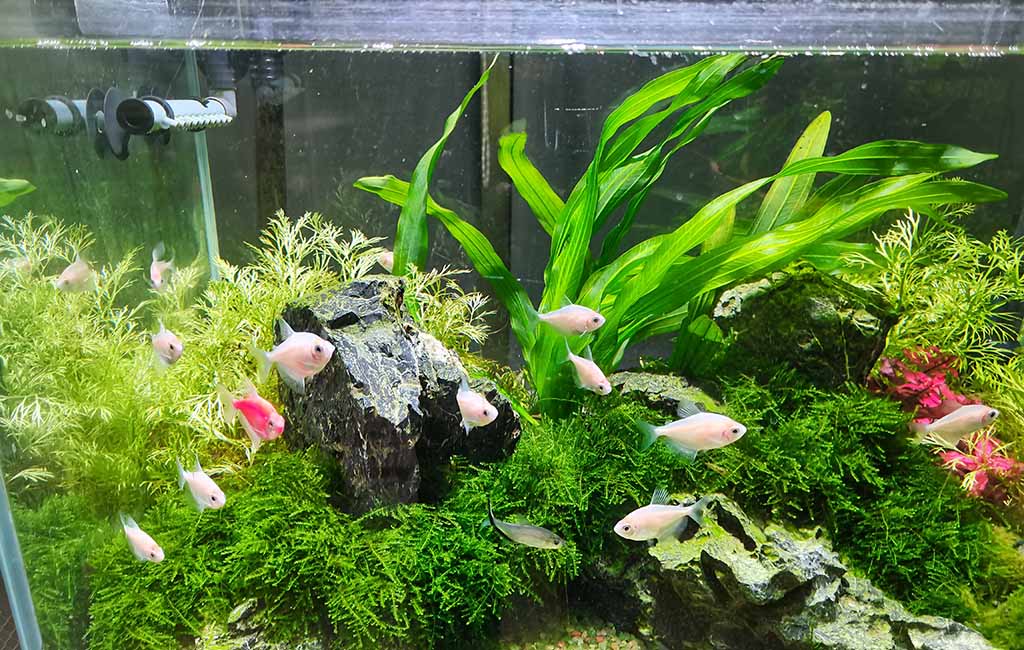
balance lighting and nutrients
The Final Word
Balancing lighting and nutrients in an aquarium can seem complicated, but it should be because it is important for a healthy aquatic ecosystem. This is true, regardless of whether your tank is fish-only, planted, or community. Suppose you’re willing to put in a little work and patience. In that case, you can create a gorgeous, healthy underwater world that you and your aquatic friends will enjoy — and without anything too crazy—the equipment is still pretty affordable. Begin small, stick with it, and see your aquarium flourish.

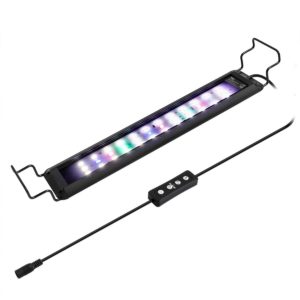
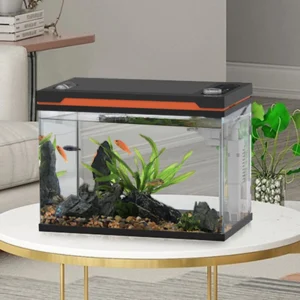
Leave a comment